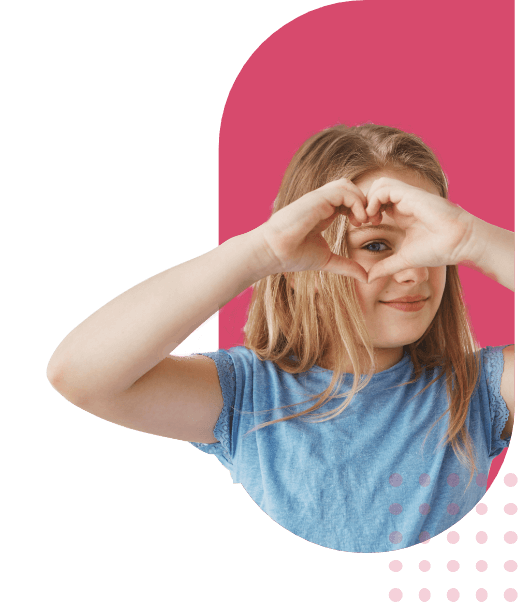



“I am strong.”
I can stand tall against my struggles and succeed wherever I am.
At Hidden Talents ABA, our team is driven by a passion to see families thrive in the face of challenge.
With skilled guidance and compassionate support, we’re nurturing resilience every day.
Benefit Checks
Functional Assessment
Parent Training
Individualized Therapy
Services

“I am a learner.”
I can master new skills that help me function better on my own and with others.


Applied Behavior Analysis (ABA) is a science dedicated to learning and understanding behavior, teaching skills that have a meaningful impact on one’s daily life, while collecting data to keep track of progress.
Get to know a team that helps every parent say,
“I can.”
I can empower my child with confidence that comes from having the support I need, anytime.
We value your family as part of ours, keeping convenience and comfort at the core of what we do.
We stand behind you, staying focused on our mutual goals and welcoming your feedback on our performance.
We take our mission seriously, dedicating ourselves with honesty and grit every day.
We think with creativity, following any avenue that may lead your child to a bright future.
“I love the place I chose to work.”
I work with my clients to reach goals that make themselves and their families proud.


Applied Behavior Analysis (ABA) therapy stands today as a...
Read More
Autism Spectrum Disorder (ASD) is a complex neurodevelopmental disorder...
Read More
Routines play a pivotal role in the lives of...
Read More“I am empowered.”
I know there is a great team supporting me.
-
 404-487-6005
404-487-6005
-
 3190 Northeast Expressway, Suite 110
3190 Northeast Expressway, Suite 110
Atlanta, GA 30341
-
 info@hiddentalentsaba.com
info@hiddentalentsaba.com








